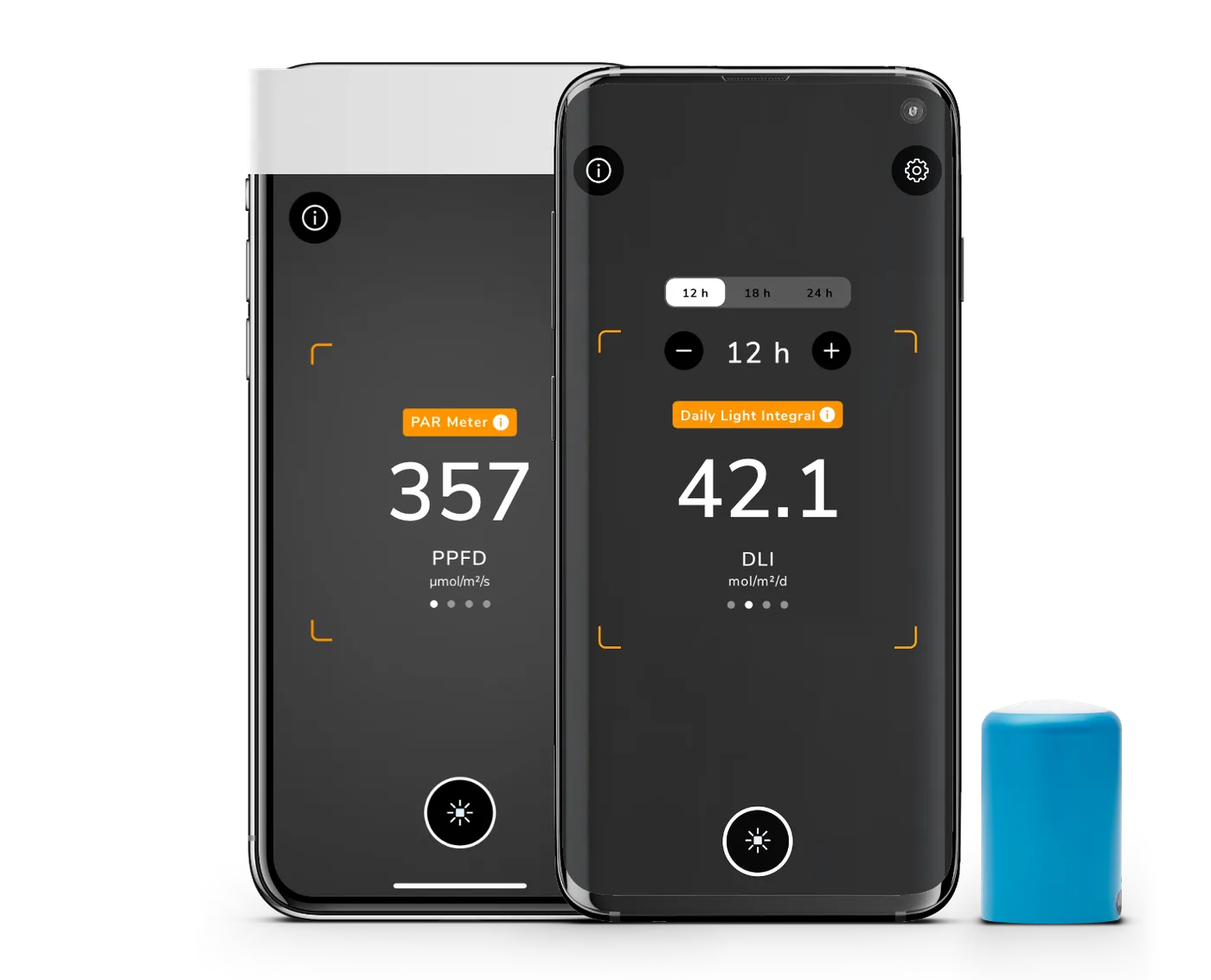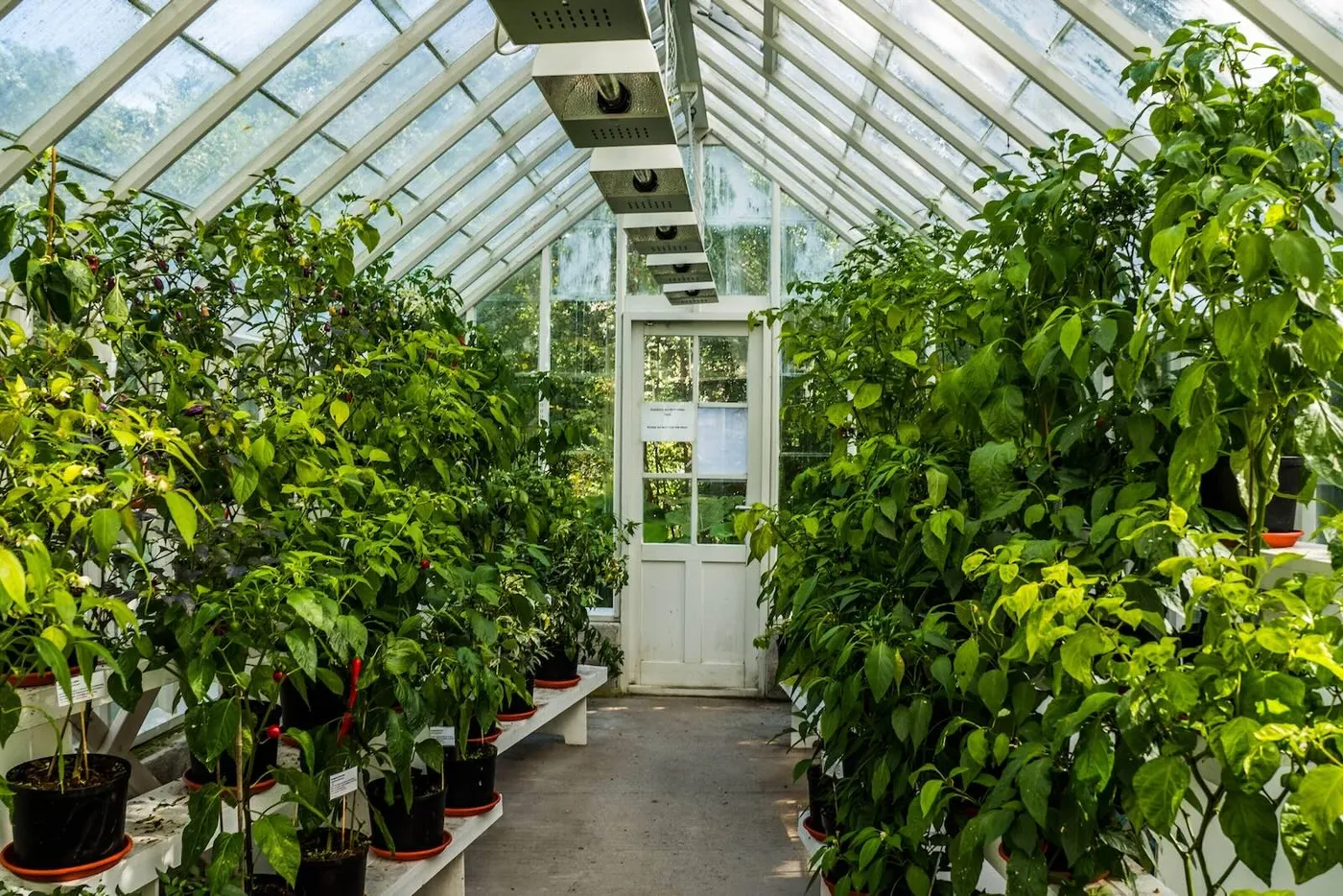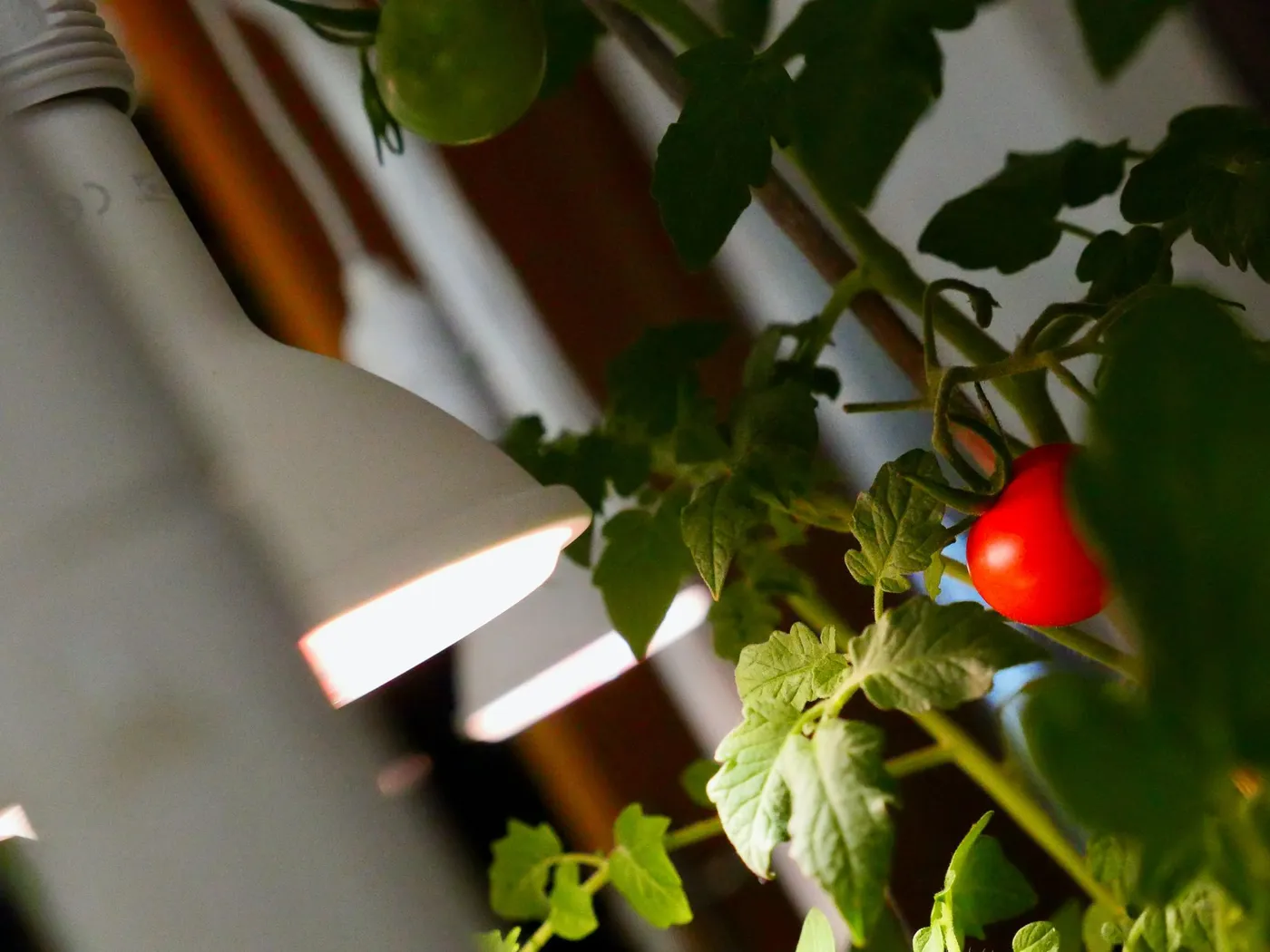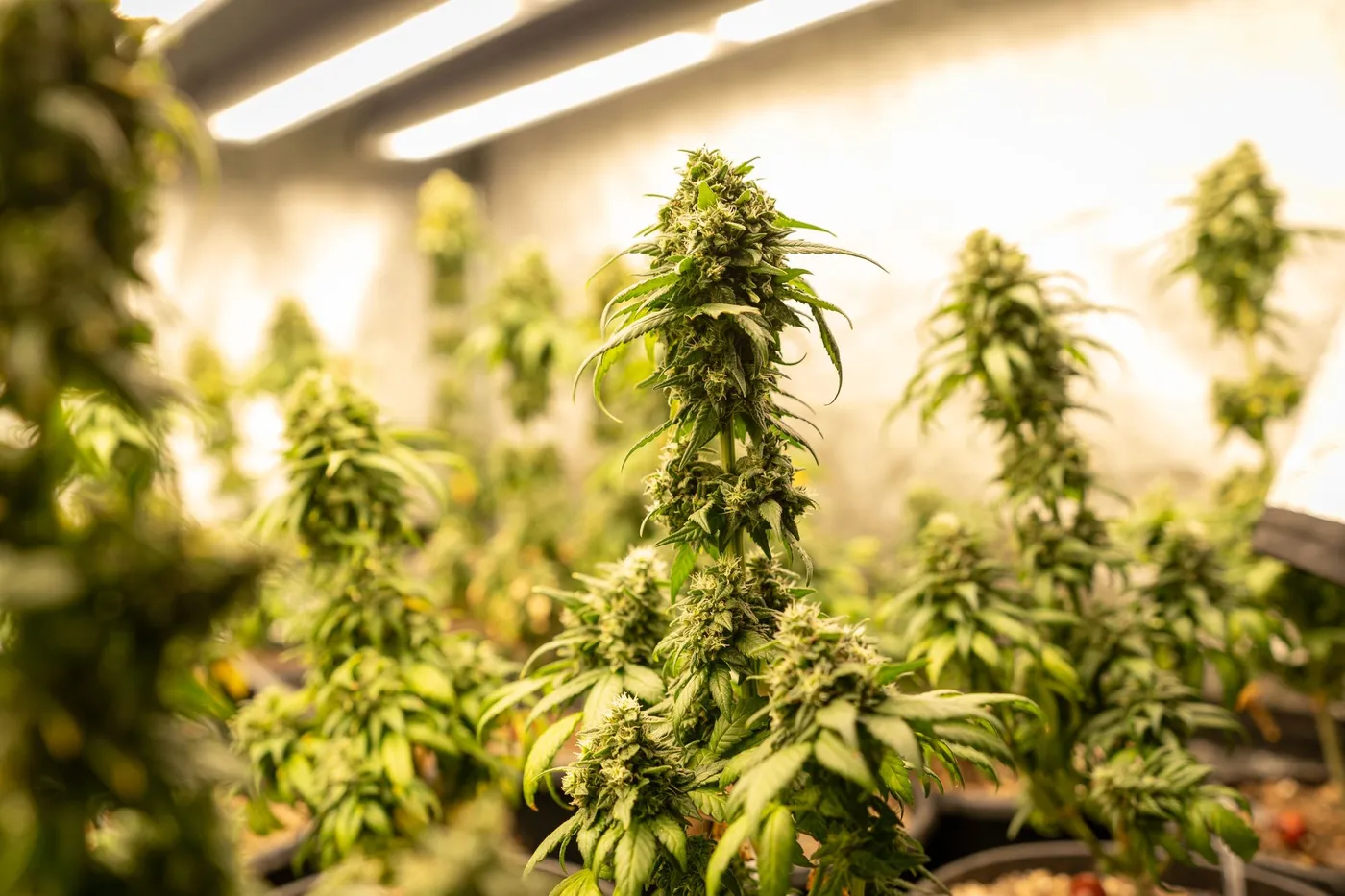
Auto-Translate
For a long time, houseplants have been more than just decorations. They are living organisms that should be constantly cared about and get balanced attention.
Lighting is key to keeping your plants alive. It’s like the water for people. Plants simply cannot survive without light. This is explained by the principle of photosynthesis, which we describe in detail below.
Contents
When it comes to light intensity and duration, each plant has its specific preferences. Therefore, providing the right conditions means a lot in this case. For instance, some houseplants live when the light is bright, and others can survive only when it’s low.
Still, in this article, we will explore the diverse types of houseplants you may choose, ranging from low-light enthusiasts to those who prefer bright spaces. Besides, we will help you understand the difference between natural sunlight and artificial light sources, and many more.
So, if you’re still a beginner gardener and would like to understand how to create the perfect light environment for your houseplants, this guide is exactly what you need.
Understanding Light for Houseplants
To ensure that your indoor greenery is doing alright, it is crucial to understand different aspects of light and how they impact your houseplants.
Different Types of Light
Natural sunlight is like the gold standard for plant growth. Understanding its effect on plants considers the light's wavelengths or "color", varying levels of intensity, and the number of hours of sunlight a plant needs per day.
In cases where natural sunlight is limited or unavailable, artificial light sources built to mimick the effects of sunlight – so-called grow lights – can be a salvation. Among the common types of grow lights for houseplants are fluorescent and LED lamps.
LEDs are the most modern type of plant grow lights. Despite being rather pricey, they have a very long lifespan and are energy-efficient. Additionally, they produce extremely little heat and don't need ballasts or reflectors. The desired light wavelengths can be produced by LEDs easily, which is why some manufacturers offer rather pinkish-purple lights and others are whiteish-yellow. To keep a rather natural-looking type of grow light, we recommend the whiteish-yellow (also called full spectrum) type. So, if the room is not naturally lit, you can use either fluorescent grow lights or special LEDs to fulfill your plant's lighting needs.
Basics of Light Measurement for Houseplants
Houseplants are commonly classified according to their light intensity requirements as follows: low-light plants, medium-light plants, and high-light plants. If it just were so easy we could stop here, but, to let your houseplants flourish, you need to understand a bit of light science.
Firstly, you need to understand the units of measurement. When it comes to plants, the most relevant and most reliable measurements are photosynthetic photon flux density (PPFD) and the daily light integral (DLI). You may also come across measurements in lux or foot-candle (fc) but they are only ill-suited for plants. Let us explain why:
Foot-candle (fc) or lux (lx) is a measurement of light intensity as perceived by humans. Both units measure illuminance, light falling on a surface. Every organism recognizes different wavelengths (i.e. colors) of light differently, which is why foot-candle and lux are not good measurements for plants.
Plant photosynthesis takes place in special cells which get excited by a certain wavelength or color of light. For the vast majority of green plants, photosynthesis is mostly taking place in the red and blue part of the light spectrum. Hence, light, as it’s perceived by plants, is referred to as photosynthetically active radiation (PAR). The amount of light reaching a surface, e.g. the plant's leaves, is measured in PPFD, which stands for photosynthetic photon flux density. PPFD measures all photons (light particles) within the PAR spectrum in micromoles per square meter per second (μmol/m²/s). This means that PPFD specifically measures the light available to plants for photosynthesis and thus, what impacts their growth.
The DLI combines light intensity (PPFD) with the lighting duration (photoperiod) over a 24-hour window and is measured in the unit of mol/m²/d i.e. light per area per day. It refers to the total volume of light a plant receives in a day. If you want to dive even deeper into this topic, we recommend our detailed article on exactly that.
PPFD is used to identify how strong plant light is, and DLI to identify how much the plant is exposed to it.
Lux and foot-candle (fc) are light intensity units for humans and should not be used for plant lighting.
The Right Amount of Light for Your Plant
Most likely, you came here to learn how much light your plant needs. To ease your search, we put together a handy collection that contains PPFD and DLI values for many popular and not-so-popular houseplants. You can find the whole searchable database below:

General Plant Light Recommendations
Low-Light Houseplants
Low-light houseplants are the perfect choice for spaces with limited natural sunlight. They have adapted to grow in shaded conditions and can add a touch of greenery to corners of your home that often go unnoticed. Some of the most popular low-light houseplants include snake plants, ZZ plants, and peace lilies.
Houseplants in low-light areas should generally receive a DLI of 2–10 mol/m²/d and a PPFD of 20–400 μmol/m²/s.
Moderate-Light Houseplants
Moderate-light houseplants are types of plants that balance between low-light varieties and those that require abundant sunlight. They are adaptable and can grow in environments with medium levels of natural and artificial light. Among the list of popular average-light houseplants, are spider plants, pothos, Chinese evergreens, and others.
These plants favor a DLI of 4–14 mol/m²/d and PPFD levels of 40–600 μmol/m²/s. Although this category can tolerate lower light levels, increased illumination is optimal for growth. Our advice is to give them artificial light if they don't experience prolonged periods of direct sunlight, you'll notice tremendous results.
Bright-Light Houseplants
Among all the indoor houseplants, these need the most light. Bright-light plants grow in environments with direct natural sunlight or under artificial grow lights designed specifically to mimic full sun conditions. The most popular examples of such houseplants are succulents, cacti, fiddle-leaf figs, and jade plants.
In most cases, plants that require high light intensity are less satisfied when growing under low-powered artificial light. Hence, taking measurements is especially import in these cases. They prefer to receive a DLI of 30–50 mol/m²/d and PPFD levels of 500–2000 μmol/m²/s.
Measuring Light Intensity
To be sure to provide the right amount of light for your houseplants, you need to accurately measure light intensity. To measure light for your houseplants, you need to use specialized devices called PAR meters, which are designed to measure light intensity accurately. They provide precise readings and therefore allow you to adjust light conditions with confidence.
However, as you might already know, they are expensive, easily costing upwards of $300. But there is an easier, cost-effective, and readily available solution: Our PAR meter app Photone.
To Sum It Up
Now, as you have learned the guide to light requirements for the most popular houseplants, you can see that light is indeed a crucial factor in supporting indoor greenery.
When adjusting the light for your houseplants, you should always remember its nuances. From the difference between natural sunlight and artificial sources to the ways they impact different types of houseplants. Besides, it’s important to remember that the low-light, moderate-light, and bright-light plants all have their unique requirements. To get the light requirements for your specific plant, we recommend checking out our plant light requirements collection or the resources from the folks at plantlightdb.com – both for free.
So, if you put all this knowledge into action, provide the right light conditions, and regularly monitor your plants' health, you will have the opportunity to watch your indoor garden flourish.
This article was written in collaboration with P. Emmanuel Rossi, plant lover, content writer, and a regular contributor on Ink-Match, the best platform for booking tattoo artists in the US.
Sources
- Rothenberger R. Lighting Indoor Houseplants. University of Missouri Extension. Lawn and Garden. Missouri, Columbia, 2023.
- Hillock D., Needham D. Houseplant Care. Oklahoma Cooperative Extension Service. Oklahoma, 2021.
- Kim K. Identification and Classification of Indoor Plants According to Light Intensity Requirements for Botanical IoT Application. Journal of People Plants and Environment 2. Jeonju, 2018.


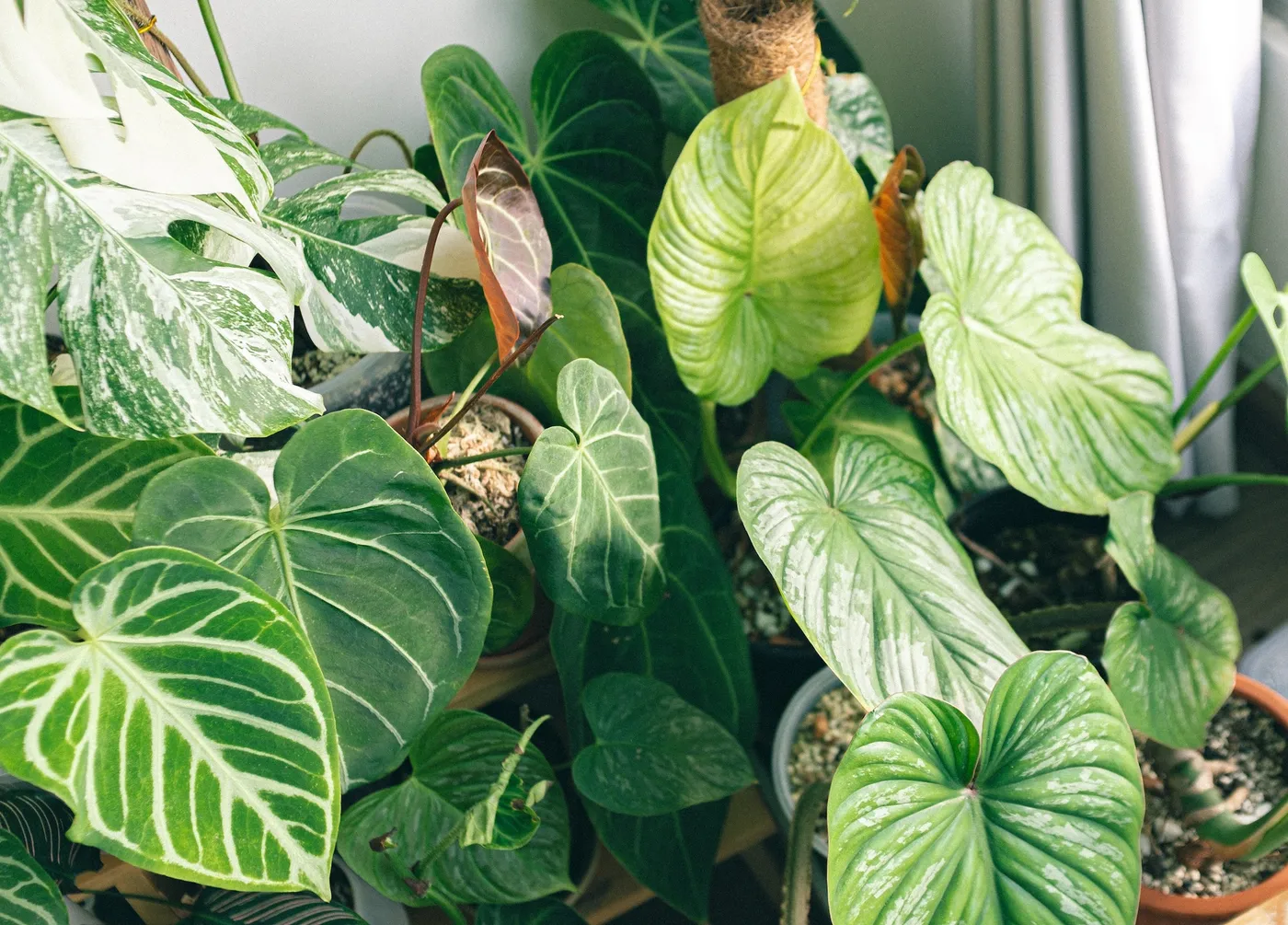
 Share This
Share This




